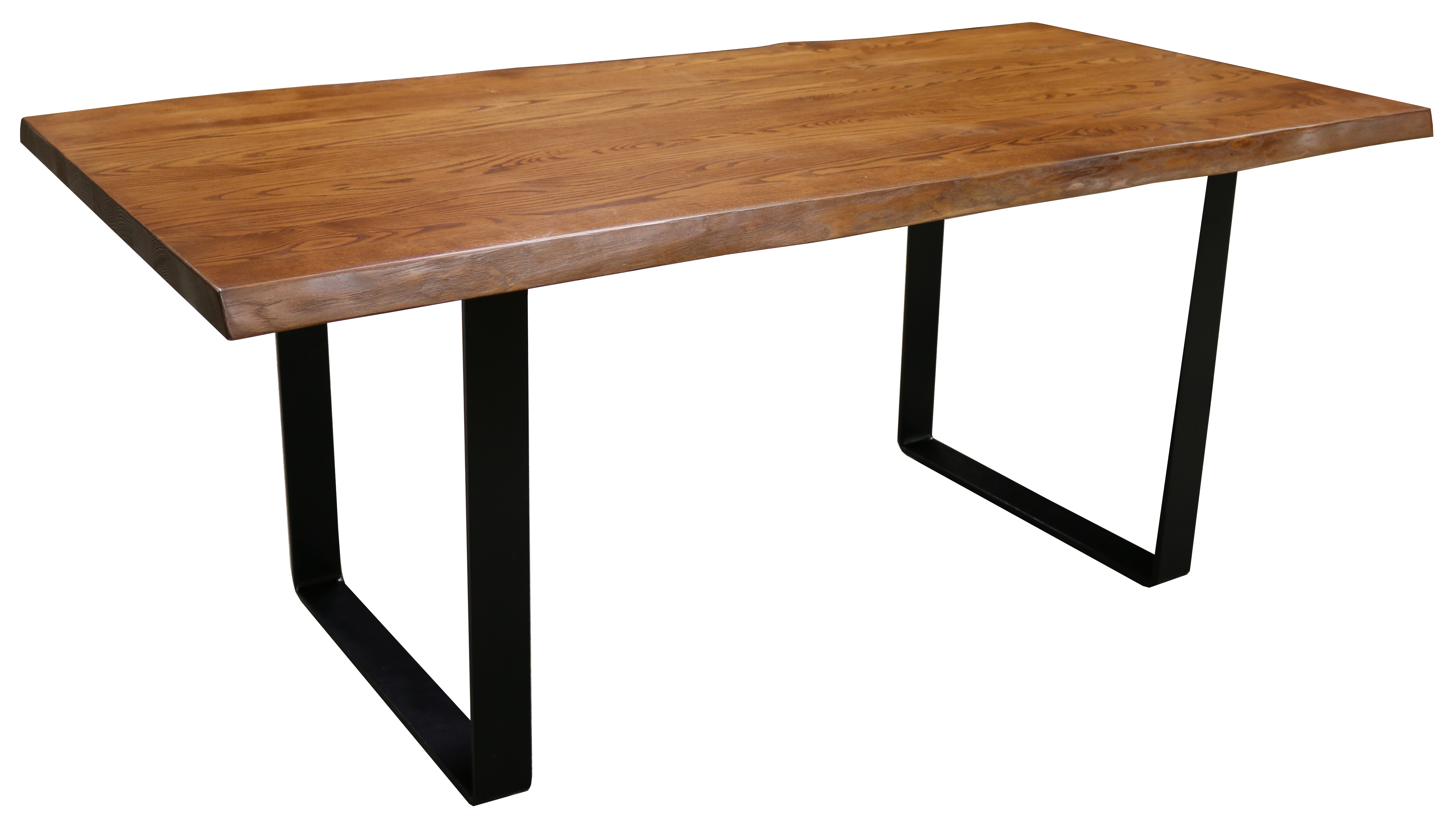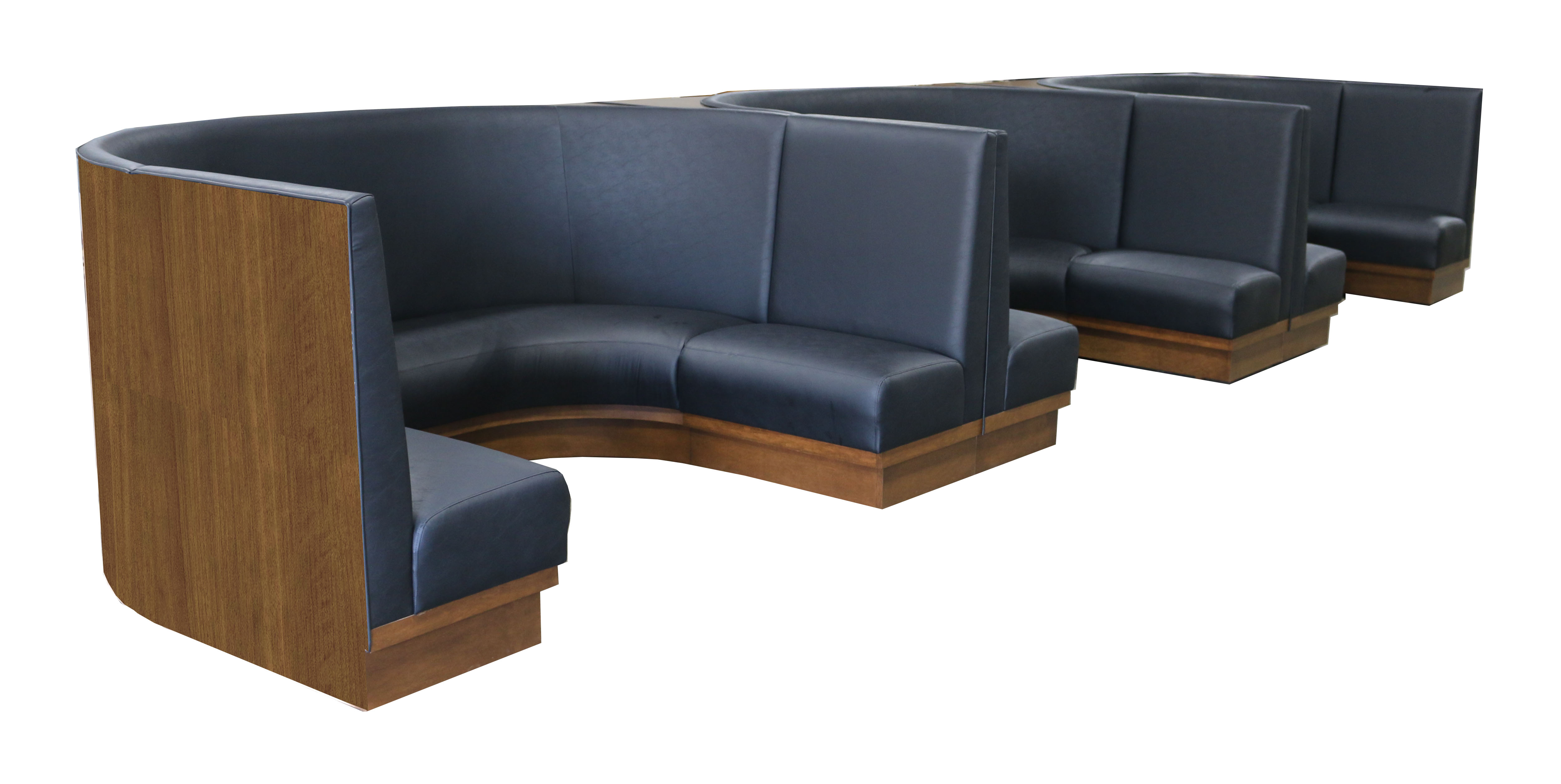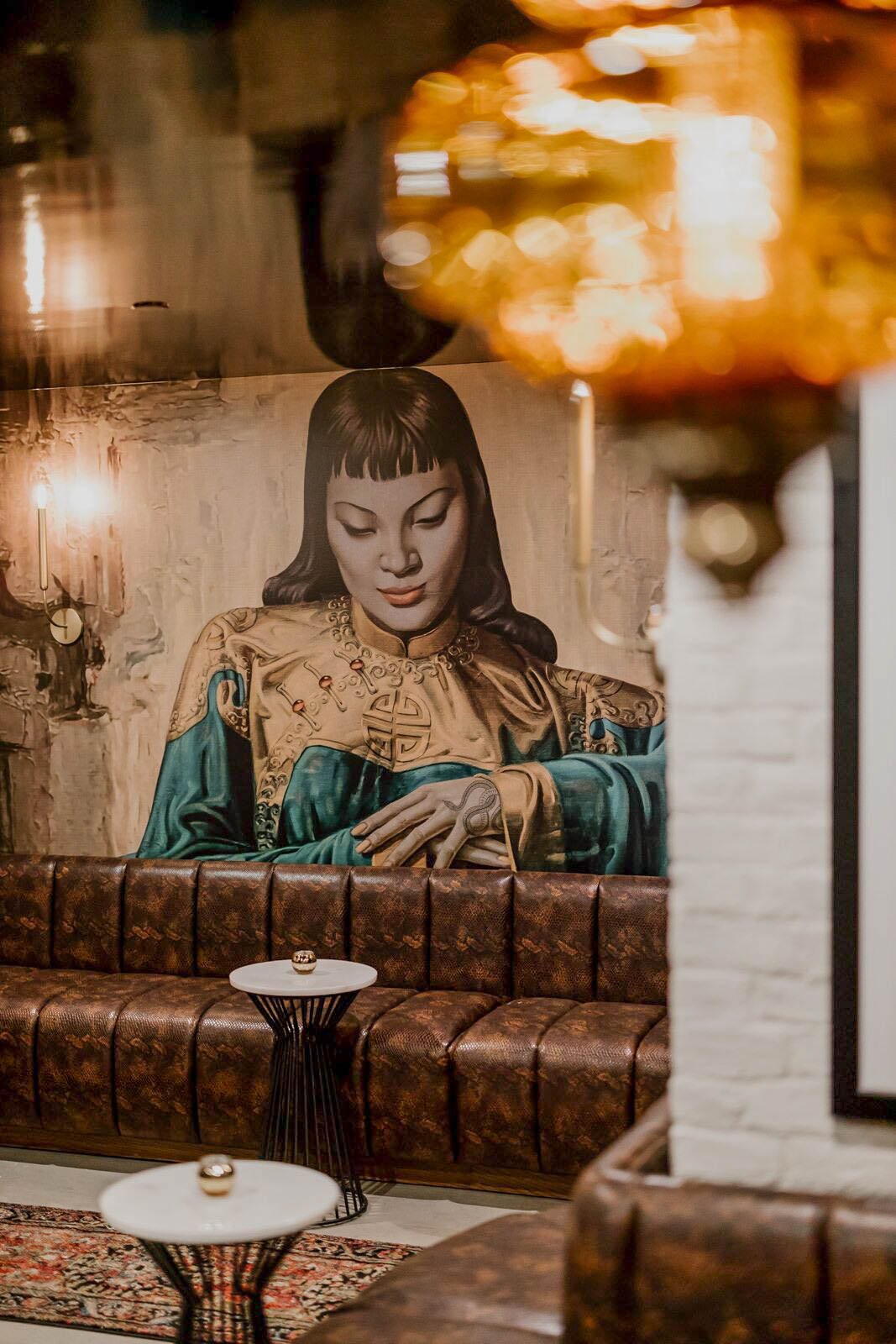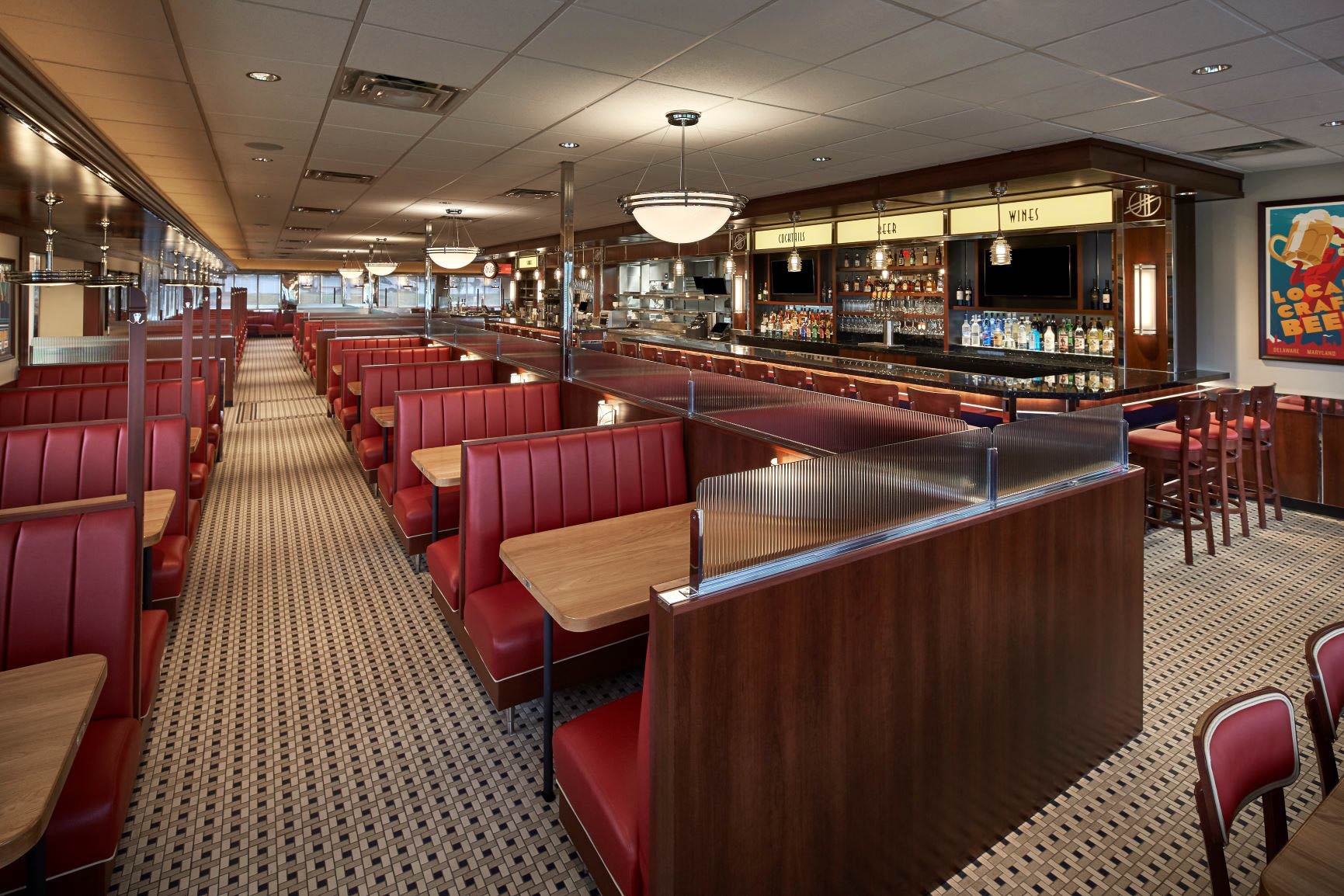Fabric and Foam Fire Codes
We understand the importance of adhering to safety standards without compromising style and comfort. This page provides detailed information on various fire codes that govern using fabrics and foams in furniture.
Fabric Fire Codes
Whether you’re a designer, architect, or business owner, our guide will help you navigate these essential regulations, ensuring that your selections meet aesthetic preferences and align with safety compliance.
Please check with your local fire marshal, if needed, for your specific fire code needs.

Tables
We’ll enhance the ambiance and functionality of your hospitality or commercial setting with a diverse range of tables, including laminate, solid wood, live edge, and drop-leaf options. Find the ideal table to seamlessly integrate aesthetics and functionality, creating an inviting atmosphere.

Booths & Banquettes
We present an extensive selection of booths and banquettes suitable for various commercial settings. From classic high-back booths to contemporary designs and snug banquettes, our in-house craftsmen and designers will tailor booths to your exact specifications.
UFAC Upholstered Furniture Action Council
This test is often called the Cigarette Test because it aims to classify the fabric on its propensity to resist cigarette ignition when tested in combination with a standard foam cushion material. The candidate fabric covers small pieces of a standard foam cushioning material. The test pieces (fabric over the foam) are placed on a small test rig, simulating a chair back and seat.
A lit cigarette is placed in the crevice where the chair’s back and seat meet. A cotton sheeting fabric covers the cigarette to intensify the heat. This test records the extent of the vertical burning (char length) on the back section of the seat assembly and whether or not ignition occurred.
Call 117 California Technical Bulletin 117 Section E (CS191-53)
The California Technical Bulletin 117, Section E requires testing in accordance with the same procedure as CS 191-53. Using this method, a 2″ X 6″ specimen is placed into the tester situated at a 45-degree angle.
A 5/8″ long pencil-thin flame touches the surface of the test specimen for a period of 1 second. The rating criteria are either “Pass” (did not ignite) or “Fail” (ignites).
NFPA 260
Standard Methods of Tests and Classification System for Cigarette Ignition Resistance of Components of Upholstered Furniture.
NFPA 701 Small Scale Standard for Flame Tests of Textiles
Draperies, blankets, bedspreads, quilts, mattress ticking, sheets, upholstery fabrics, wall hangings, and outside coverings. This recently revised test places the fabric specimen vertically while a test flame is held to the lower edge for 12 seconds before the flame is removed.
The test requires that any after-flame must be extinguished within 2 seconds of the removal of the test flame, that no flaming drippings touch the test chamber floor, and that the char length be limited according to the weight of the fabric.
NFPA 701 Vertical Burn
12-second ignition, sample size 3 1/2″ X 10,″ maximum flame time 2 seconds, maximum burn length specified, no drop to the floor.

Foam Fire Codes
CAL 117 California Technical Bulletin 117, Section E (CS 191-53)
This test is conducted under specific laboratory conditions. The result cannot be used to demonstrate the performance of furnishings containing California 117 foam in flammability tests or actual fire conditions. Foam is tested without any contaminants, including adhesives. It is important to note that all flexible polyurethane foams will burn if exposed to a sufficiently intense heat source.
Varying formulations, including flame retardants and other additives, can alter some of the combustion characteristics of flexible polyurethane foams. However, all flexible polyurethane foams, whether they contain flame retardants or not, should be considered and handled accordingly.

Miscellaneous Fire Codes
FAR 25.853 (b)
Aircraft: floor covering, draperies, seat cushions, upholstery, padding, decorative and non-decorative coated fabrics, etc.
MVSS #302 Motor Vehicle Standard
The automotive industry currently uses this protocol for fabrics used in vehicles. The fabric is placed horizontally, allowing the test flame to burn at one end. As the fabric burns away from the test flame, it is gradually relieved of the heat and combustion front until it is within a distance of 1 1/2″ from the flame.
The test measures flame spread from a point 1 1/2″ from the flame to 11 1/2″ from the flame. Any flame spread that is 4″ per minute or less is acceptable.
MVSS #302 Horizontal Burn
Sample size 4″ X 14,″ maximum 4″ per minute burn rate.




